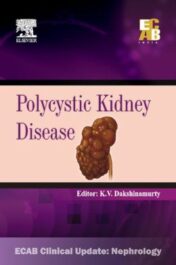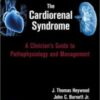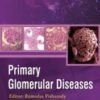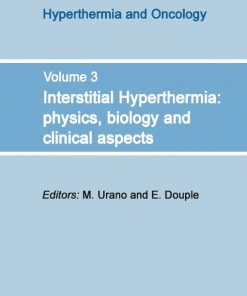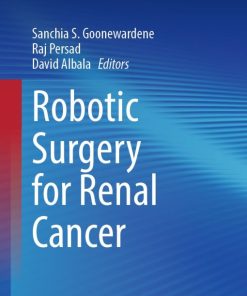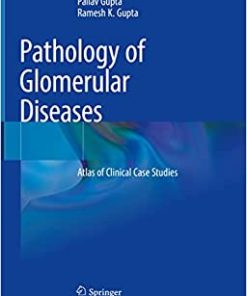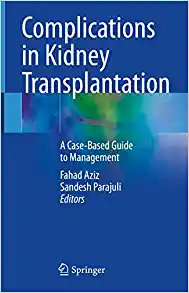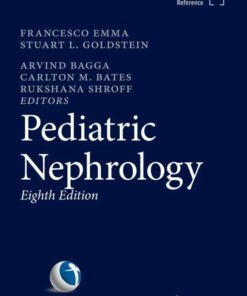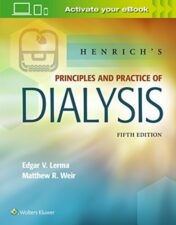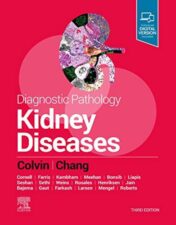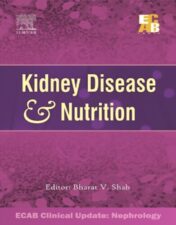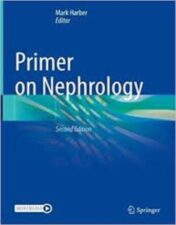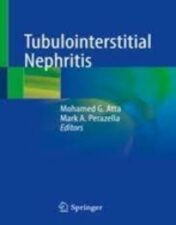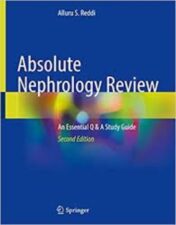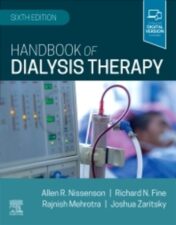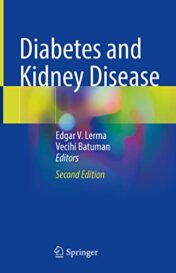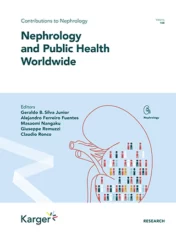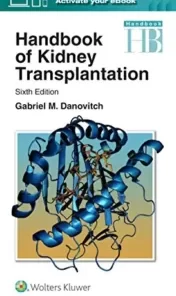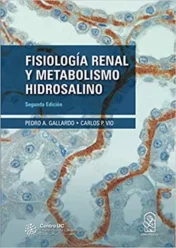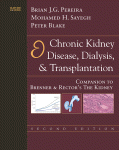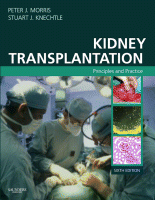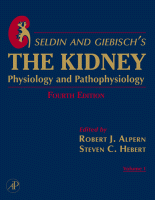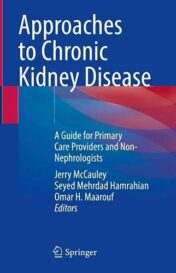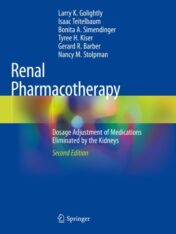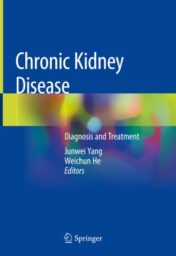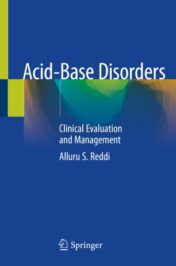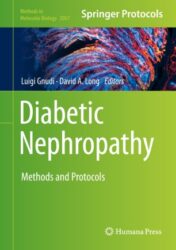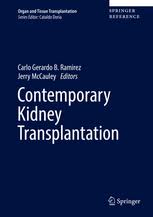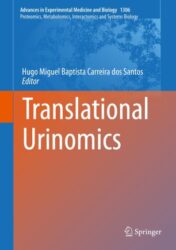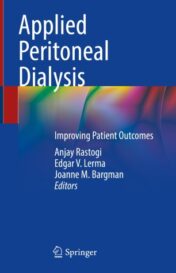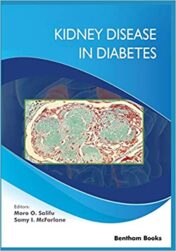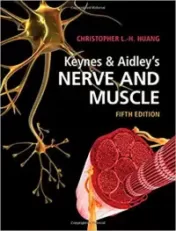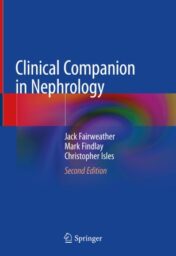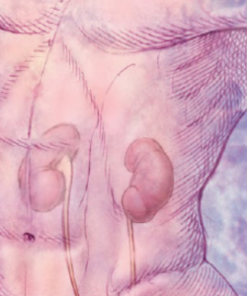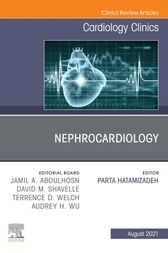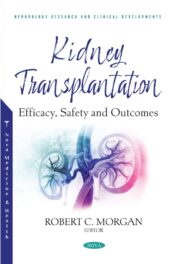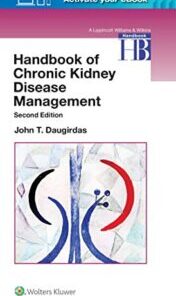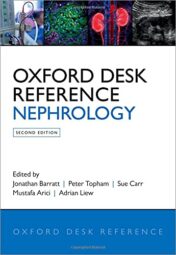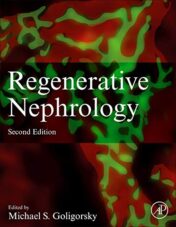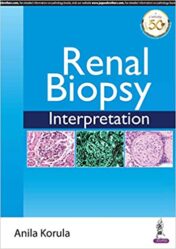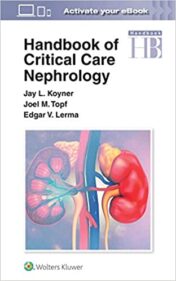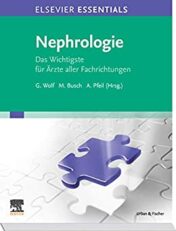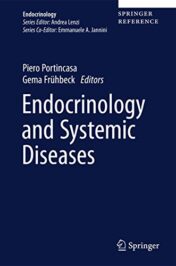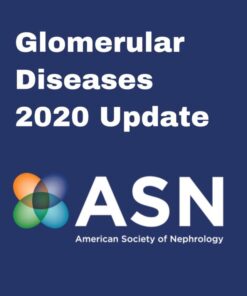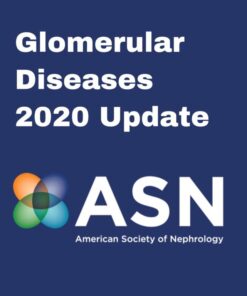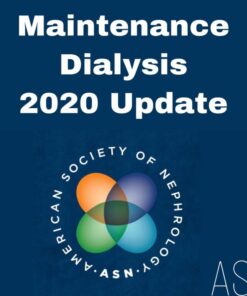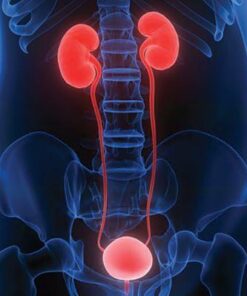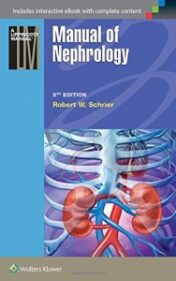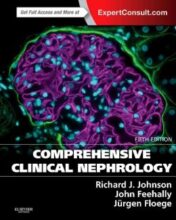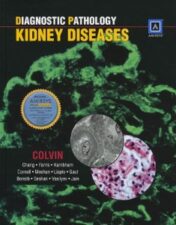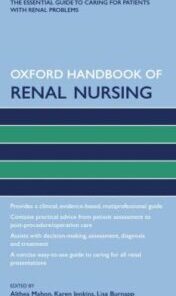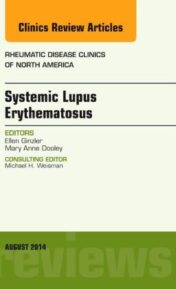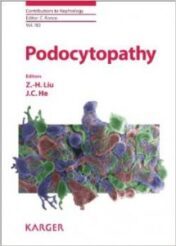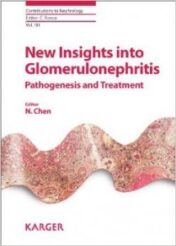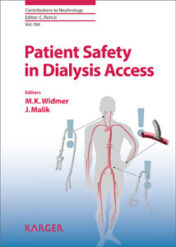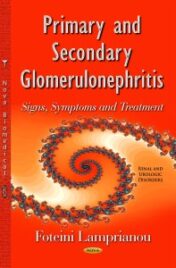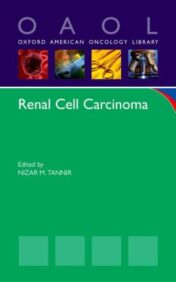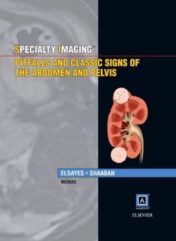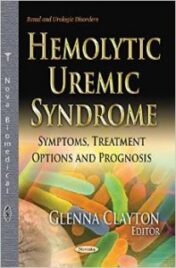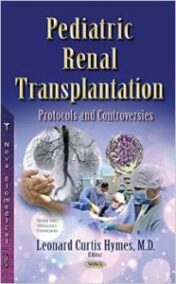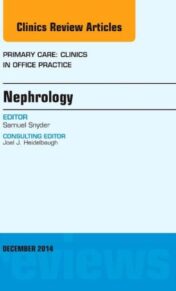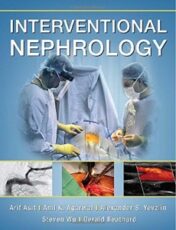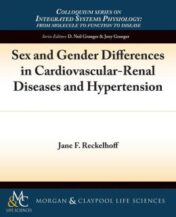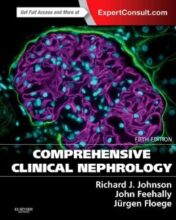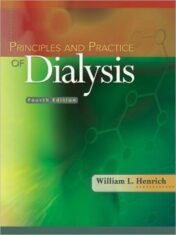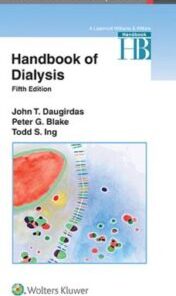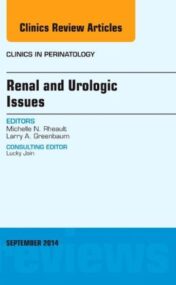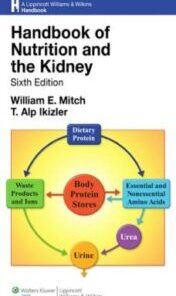Polycystic Kidney Disease – ECAB
Renal cystic diseases include a large number of sporadic and genetically determined congenital, developmental, or acquired conditions. A cyst is a cavity lined by epithelium and filled with fluid. Cysts derive primarily from tubules (from Bowman’s capsule to the collecting duct). Cystic kidneys of different etiologies may appear morphologically similar, whereas the same etiologic entity may cause a wide spectrum of renal abnormalities. Simple renal cysts are acquired and are not associated with any disease. In contrast, polycystic kidney diseases can be complicated by renal failure or tumor development.
Autosomal dominant polycystic kidney disease (ADPKD) is the most common potentially lethal single-gene disorder. Its prevalence at birth is between 1:400 and 1:1,000. It may progress to end stage renal disease by age 60 with 4.4% of patients requiring renal replacement therapy (dialysis or transplant) have ADPKD.
The book is a comprehensive guide to diagnosis and management of the condition with special reference and experience around the same in India. The authors have put together the most relevant facts about the disease for an easy comprehension and understanding of the same by practitioners and students across the specialty.
Related Products
NEPHROLOGY BOOKS
NEPHROLOGY BOOKS
Robotic Surgery for Renal Cancer (Original PDF from Publisher)
NEPHROLOGY BOOKS
NEPHROLOGY BOOKS
NEPHROLOGY BOOKS
Handbook of Nephrology and Hypertension, 7th Edition (EPUB3)
NEPHROLOGY BOOKS
NEPHROLOGY BOOKS
Pediatric Nephrology, 8th Edition (Original PDF from Publisher)
Internal Medicine Videos
NEPHROLOGY BOOKS
Diagnostic Pathology: Kidney Diseases, 3rd Edition 2019 Original PDF
NEPHROLOGY BOOKS
NEPHROLOGY BOOKS
NEPHROLOGY BOOKS
NEPHROLOGY BOOKS
NEPHROLOGY BOOKS
Minimally Invasive Percutaneous Nephrolithotomy 2022 Original PDF
NEPHROLOGY BOOKS
NEPHROLOGY BOOKS
NEPHROLOGY BOOKS
American Society of Nephrology (ASN) Kidney Week 2021 CME VIDEOS
NEPHROLOGY BOOKS
NEPHROLOGY BOOKS
Handbook of Home Hemodialysis, 1st Edition High Quality PDF 2021
NEPHROLOGY BOOKS
NEPHROLOGY BOOKS
Kidney Transplantation Principles and Practice 2008 Original pdf
NEPHROLOGY BOOKS
Chronic Kidney Disease Diagnosis and Treatment 2020 Original pdf
NEPHROLOGY BOOKS
NEPHROLOGY BOOKS
Acute Kidney Injury and Regenerative Medicine 2020 Original pdf
NEPHROLOGY BOOKS
Diabetic Nephropathy Methods and Protocols 2020 Original pdf
NEPHROLOGY BOOKS
NEPHROLOGY BOOKS
NEPHROLOGY BOOKS
NEPHROLOGY BOOKS
Keynes & Aidley’s Nerve and Muscle, 5th Edition (Original PDF) 2020
NEPHROLOGY BOOKS
NEPHROLOGY BOOKS
NEPHROLOGY BOOKS
NEPHROLOGY BOOKS
NEPHROLOGY BOOKS
Harvard Comprehensive Review of Nephrology 2021 (CME Videos)
NEPHROLOGY BOOKS
Nephrocardiology, An Issue of Cardiology Clinics Original PDF
NEPHROLOGY BOOKS
Oxford Desk Reference Nephrology, 2nd Edition (Original PDF)
NEPHROLOGY BOOKS
NEPHROLOGY BOOKS
NEPHROLOGY BOOKS
Handbook of Critical Care Nephrology ePub+Converted PDF 2021
NEPHROLOGY BOOKS
NEPHROLOGY BOOKS
NEPHROLOGY BOOKS
NEPHROLOGY BOOKS
NEPHROLOGY BOOKS
NEPHROLOGY BOOKS
NEPHROLOGY BOOKS
NEPHROLOGY BOOKS
NEPHROLOGY BOOKS
NEPHROLOGY BOOKS
NEPHROLOGY BOOKS
Systemic Lupus Erythematosus, An Issue of Rheumatic Disease Clinics
NEPHROLOGY BOOKS
NEPHROLOGY BOOKS
New Insights into Glomerulonephritis : Pathogenesis and Treatment
NEPHROLOGY BOOKS
NEPHROLOGY BOOKS
NEPHROLOGY BOOKS
NEPHROLOGY BOOKS
NEPHROLOGY BOOKS
Hemolytic Uremic Syndrome: Symptoms, Treatment Options and Prognosis
NEPHROLOGY BOOKS
Pediatric Renal Transplantation: Protocols and Controversies
NEPHROLOGY BOOKS
Nephrology, An Issue of Primary Care: Clinics in Office Practice
NEPHROLOGY BOOKS
NEPHROLOGY BOOKS
Comprehensive Clinical Nephrology, 5th Edition (ORIGINAL PDF)
NEPHROLOGY BOOKS
NEPHROLOGY BOOKS
NEPHROLOGY BOOKS
Renal and Urologic Issues, An Issue of Clinics in Perinatology
NEPHROLOGY BOOKS

